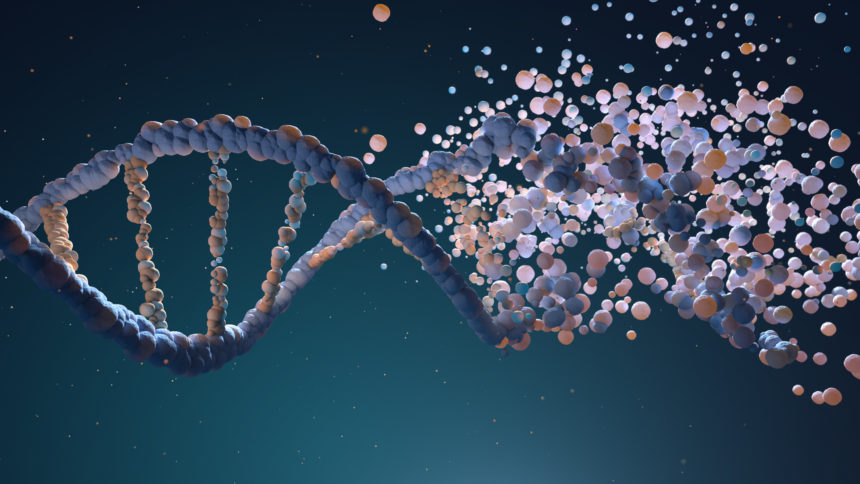As the biodiversity crisis continues to escalate, scientists are turning to genomics as a crucial tool for cataloguing and understanding the genetic makeup of all species on Earth. Recent research by BGI Group highlights the potential of genetic sequencing technology in this endeavor.
With the United Nations Biodiversity Conference approaching in December, experts are urgently seeking solutions to the rapidly deteriorating state of the natural world.
Statistics reveal that the population of native species in most major land-based habitats has decreased by at least 20% since 1990, and the situation is only expected to worsen.
Projects such as the Earth BioGenome Project are crucial in addressing species loss. The project aims to sequence, catalog, and study the genomes of all eukaryotic biodiversity on Earth, in order to gain a deeper understanding and make better use of biodiversity.
Scientists are not only targeting well-known, large species such as elephants and rhinos for genomic research, but also placing emphasis on the smaller, often overlooked organisms that form the foundation of the natural world.
Take ants, for instance. These small creatures play a vital role in maintaining the health of soil and keeping the earth clean by decomposing dead leaves, insects, and small animals. Without ants, the planet would be in a precarious state, yet there is still much to learn about them.
Unlocking the Secrets of Ants’ Complex Social Behavior
Ant colonies can quickly transform a mound of dirt into a complex subterranean city by working together seamlessly. Each ant has a specific role, such as worker, soldier, or gardener, and a queen. However, the queen does not direct or make decisions for the colony. For centuries, the question of how so many individual ants can cooperate without central leadership has puzzled philosophers, authors, and scientists. Recent research using single-cell technology is starting to uncover the secrets of ant social behavior, but scientists have yet to find chemical cues or other signals that the insects use to coordinate their actions.
An international team of researchers, led by China’s BGI-Research, used cutting-edge single-cell genomic sequencing technology to study the brains of ants for the first time. The study, published in Nature Ecology and Evolution, revealed that the division of labor within an ant colony is entirely determined by the specialized brain structures of different types of ants, such as workers, males, and queens.
According to Dr. Li Qiye, the lead author and researcher at BGI-Research, “Our findings suggest that the division of labor among individual ants is determined by the specialized structures of their brains. Unlike humans who learn and train to perform different jobs, ants are born with a specific role in their colony.”
This study provides new insights into how ants work together as a “superorganism,” with the brains of ants varying significantly between different groups within a colony.
The study found that certain segments of the brain are more developed in specific types of ants based on their role in the colony. For example, worker ants have a highly developed olfactory region, which helps them search for food. In contrast, male ants have a relatively larger optic lobe, which aids in their search for mating partners.
The study also revealed the process by which virgin queens, or “gynes,” transform into queens after mating. The number of optic lobe cell groups decreases as the queens adapt to the darkness of the nest.
According to Dr. Liu Chuanyu, co-author and researcher at BGI-Research, “It is only the queens’ cells that adapt and change over time. For other members of the colony, they don’t change. So, if you were born a worker ant, you will always be a worker ant.”
Genomic sequencing technology
The study was made possible by recent advancements in advanced sequencing technologies, an area in which BGI Group is a leader. Using single-cell sequencing technology, the scientists were able to study ant brains at a cellular level and create comprehensive maps of the brains of all adult forms of Pharaoh ants.
This represents a significant breakthrough, as a deep understanding of these processes is crucial for protecting and conserving the diverse array of plants and animals that make up the natural world.
Scientists now hope to continue using these advancements in sequencing technologies to drive similar breakthroughs across various fields, with projects such as the Earth BioGenome project playing a critical role in helping us better understand and protect the Earth’s rich biodiversity.


Leave a Reply